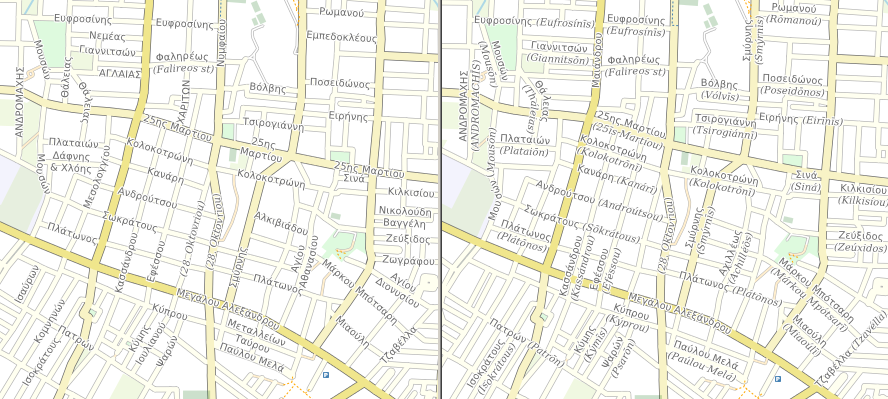

Makes a letter standing before it sound soft.ġ/ Since there is no a uniform Russian-English transliteration system, the above transliteration is based on the most frequently used transliteration options.ĭidn't find what you were looking for? Use this search feature to find it. Makes a letter standing before it sound hard. If you pronounce words “Engli sh Channel” with no break in between you’ll get this sound.ĭoes not have an equivalent sound in English. The modern Russian alphabet, which consists of 33 letters, has been approved in 1917. The Russian alphabet got rid of other duplicate letters gradually as a result of further reforms and accepted a few new letters (й, ё). In addition, he introduced a new letter “э” and replaced the letter with the letter “я”. The first reform, which led to the removal of seven unnecessary letters (, ,, ,, , ) from the alphabet, was the reform of 1708-1710 implemented by the Russian tsar Peter I. By then, the Russian alphabet accumulated many duplicate or “dead” letters that were not used in the spoken language. The use of this digraph is optional.By the XVIII century, the formation of the Russian language mainly completed in the process of the formation of the Russian nation and state. Used primarily for romanization of non-Russian-language names from Russian spelling. This letter does not occur in the beginning of words of Russian origin.Īfter any consonant except й. The use of this digraph is optional.Īll other cases. This letter does not occur in the beginning of a word.Īfter any vowel. The following table describes the system and provides examples.īefore а, у, ы, or э. In many publications a simplified form of the system is used to render English versions of Russian names, typically converting ë to yo, simplifying -iy and -yy endings to -y, and omitting apostrophes for ъ and ь. ) can optionally be used to avoid some ambiguity.This romanization of Russian can be rendered using only the basic letters and punctuation found on English-language keyboards: no diacritics or unusual letters are required, although the interpunct character ( The portion of the system pertaining to the Russian language was adopted by BGN in 1944, and by PCGN in 1947. It was developed by the United States Board on Geographic Names and by the Permanent Committee on Geographical Names for British Official Use. It is part of the larger set of BGN/PCGN romanizations, which includes methods for twenty-nine different languages. There are a number of systems for romanization of Russian-the BGN/PCGN system is relatively intuitive for anglophones to pronounce. It is used by the Oxford University Press, among others, which refers to it as the British Standard.

BGN/PCGN romanization system for Russian is a method for romanization of Cyrillic Russian texts, that is, their transliteration into the Latin alphabet as used in the English language.


 0 kommentar(er)
0 kommentar(er)
